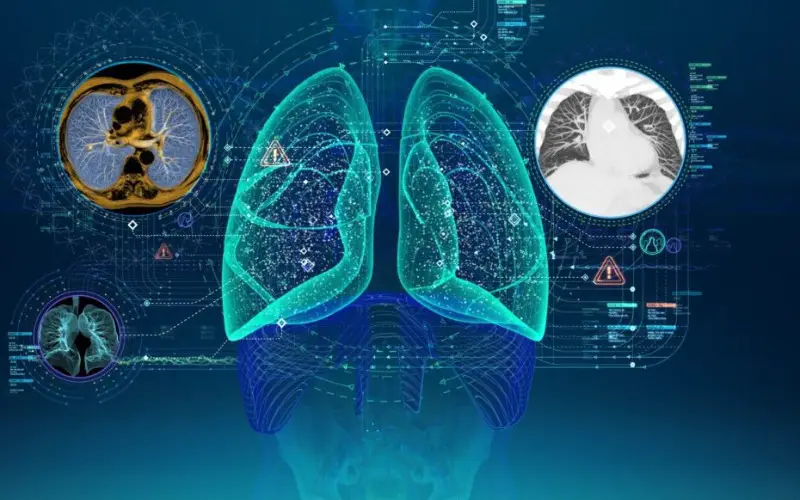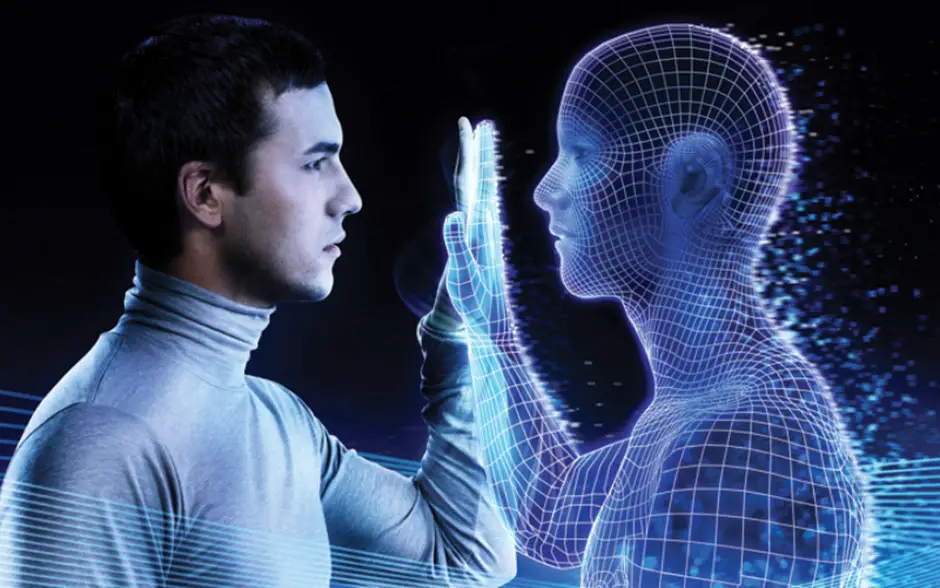
The healthcare industry is adopting digital twins at a rapid pace. These virtual models of a person’s body help monitor health metrics and provide instant feedback. Employing digital twins offers doctors and patients a greater understanding of a person’s health, leading to more precise diagnosis and treatment. Examining this information provides a greater understanding of someone’s well-being, enabling the detection of possible concerns early, and preventing their escalation. Therefore, utilizing digital twins is beneficial in enhancing healthcare outcomes. Healthcare professionals can better care for their patients while simultaneously lowering medical expenses by utilising the power of digital twins. We can now access never-before-seen information about our bodies with digital twins, enabling us to keep track of our health better. Here are 10 things about digital twins and how they can keep you healthy that you should know. 1. What Are Digital Twins And How Do They Work? Digital twins are virtual replicas of physical objects or systems, including products, machines, buildings, and even entire cities. Companies can optimize their operations and enhance efficiency by utilizing digital depictions of tangible systems or entities to mimic and assess their functionality in live situations. In sectors like manufacturing, healthcare, and transportation, digital twins are gaining popularity. Digital twins work by using data from the physical object or system to create a virtual model that is continuously updated in real-time. Before implementing various configurations in the real world, engineers, designers, and operators can test them out in a virtual setting. The key components of a digital twin include: Data sources: The physical object or system must have sensors or other devices that can collect data in real-time and send it to the digital twin. Modelling and simulation software: This software creates the virtual model and uses algorithms and data analytics to simulate different scenarios and predict outcomes. Users can evaluate the data and insights generated by the digital twin using analytics and visualisation tools, portray the results visually, and base decisions on the knowledge gained and maintenance. 2. The Role Of Digital Twins In Healthcare Digital twins are virtual replicas of physical objects or systems that can be used to collect and analyze data. Healthcare organizations are utilizing digital replicas to gather information on various health metrics such as heart rate, sleep cycles, and exercise. Digital twins can gather data in real-time using sensors and other monitoring tools, giving a patient’s health state a more precise and complete picture. Medical practitioners can make use of the data collected by digital twins to identify repetitive trends and patterns. By learning about this information, people and groups can improve their capacity to make well-informed choices regarding the best actions and remedies. Similarly, digital twins can track sleep patterns and identify potential sleep disorders or other health issues. A new technique called digital twins is now being utilized in the healthcare industry. It enables the simulation and testing of innovative medical devices and procedures in advance of their actual use on patients. The application of this technique helps medical practitioners to analyze treatment plans for probable hazards before their implementation in a clinical setting. 3. From Heart Rate To Sleep Patterns: Data Collection With Digital Twins Digital twins are virtual replicas of physical objects or systems that can be used to collect and analyze data. Healthcare organizations are utilizing digital replicas to gather information on various health metrics such as heart rate, sleep cycles, and exercise. Digital twins can gather data in real-time using sensors and other monitoring tools, giving a patient’s health state a more precise and complete picture. Medical practitioners can make use of the data collected by digital twins to identify repetitive trends and patterns. By learning about this information, people and groups can improve their capacity to make well-informed choices regarding the best actions and remedies. Similarly, digital twins can track sleep patterns and identify potential sleep disorders or other health issues. A new technique called digital twins is now being utilized in the healthcare industry. It enables the simulation and testing of innovative medical devices and procedures in advance of their actual use on patients. The application of this technique helps medical practitioners to analyze treatment plans for probable hazards before their implementation in a clinical setting. 4. Improving Diagnosis And Treatment With Digital Twins Digital twins are being used to improve diagnosis and treatment in healthcare. By creating virtual replicas of patients or medical devices, digital twins can simulate and test various treatment options and identify the most effective approach for each patient. This can lead to more personalized and precise treatment plans, improving patient outcomes and reducing healthcare costs. Additionally, digital twins can be used to identify potential complications or adverse reactions to treatments, enabling healthcare professionals to adjust treatment plans to avoid adverse outcomes proactively. 5. How Do Digital Twins Protect Patient Privacy And Data Security? Digital twins are utilized to maintain patient confidentiality and safeguard data security in multiple ways. Firstly, they usually adopt encrypted connections for storing and transmitting data, guaranteeing protection against hacking or interception. Secondly, digital twins often employ advanced authentication and authorization methods to ensure that only authorized healthcare professionals can access patient data. Thirdly, digital twins can be designed to collect and communicate only specific data, minimizing the possibility of a privacy breach. Additionally, digital twins can be tailored to follow healthcare data regulations and standards, such as GDPR in Europe and HIPAA in the United States. 6. Interacting With Digital Twins: How Healthcare Providers And Patients Engage Interacting with digital twins involves different types of engagement for healthcare providers and patients. Digital twins are frequently used in the healthcare industry as a tool to help with patient diagnosis, therapy planning, and condition monitoring. Providers can use digital twins to simulate different scenarios, test treatments, and monitor patient progress. Using specialised software or interfaces that enable real-time data viewing and manipulation, providers can communicate with digital twins. For patients, digital twins can be used to provide personalized health data and self-monitoring tools. With mobile or web-based applications, patients can engage with digital twins to track their health information, get individualised advice, and connect with their healthcare professionals. Patients can also use digital twins to simulate different treatment scenarios and learn about their health conditions more visually and interactively. Healthcare professionals and patients may collaborate more effectively, receive more individualised care, and experience better health thanks to the novel and useful tool known as digital twins. 7. Disrupting Healthcare: The Potential Impact Of Digital Twins Digital twins may have an impact on healthcare in various ways, including: Digital twins can be used to test and simulate individualised treatment plans for patients, resulting in more efficient and accurate care. Improved diagnosis: Digital twins can help healthcare providers identify and diagnose medical conditions more accurately and quickly. Predictive analytics: A proactive approach to intervention and prevention is made possible by the use of digital twins to evaluate patient data and spot potential health hazards or consequences before they materialise. Development of medical equipment: By simulating and testing new medical devices using digital twins before putting them on patients, safer and more efficient treatments may be provided. Research and development: By utilising digital twins, researchers can develop new therapies and treatments more quickly and effectively. Healthcare might see a revolution because of the usage of digital twins as access to care is increased, diagnoses and treatments are made more accurate and successful, and innovation is sped up. As healthcare systems continue to evolve, digital twins are poised to play a crucial role in promoting innovation and improving patient outcomes. 8. How Are Digital Twins Being Used In Clinical Settings? In a variety of therapeutic settings, digital twins are used to speeding up healthcare delivery and enhance patient outcomes. Many instances include: Surgery planning: Surgeons can plan and practise surgical treatments before they are carried out in the operating room by using digital twins to generate a virtual reproduction of a patient’s anatomy. Prosthetics and implants: Digital twins can be utilised to design personalised prostheses or implants that are adapted to each patient’s particular anatomy. Medical experts may utilise digital twins to monitor and treat chronic conditions like diabetes or heart disease by recording patient data in real-time and alerting them to possible issues. Clinical trials: Using digital twins can help test the efficacy and safety of novel therapies or treatments by simulating clinical trials. Medical device development: Before being used on patients, new medical devices like pacemakers or artificial organs can be designed and tested using digital twins. Training and education: Digital twins can be used to train healthcare providers on new procedures or techniques in a safe and controlled environment. Consequently, the use of digital twins in clinical settings enhances patient outcomes, lowers healthcare expenses, and promotes medical innovation. Digital twins are likely to become an even more crucial tool for healthcare professionals looking to increase the effectiveness and calibre of therapy. 9. Empowering Patients to Take Control of Their Health with Digital Twins By offering tailored health data and self-monitoring tools, digital twins can enable patients to take charge of their own health. Patients can gain from digital twins in several ways, including: Individuals can track their health metrics like heart rate, blood pressure, and sleep patterns by utilizing digital replicas of themselves. Education: By helping patients better understand their conditions and available treatments, digital twins can help them make decisions about their care. Motivation: Digital twins can motivate patients to make healthy lifestyle changes by providing visual representations of their progress and personalized feedback. To avoid disease or manage chronic disorders, individuals can employ digital twins to discover possible health risks or consequences before they materialise. 10. Real-World Examples Of Digital Twins In Healthcare Digital twins have a wide range of useful healthcare applications. Here are a few examples: Planning a virtual surgery using a patient’s anatomy is possible because of digital twins, which can be used to simulate a patient’s anatomy. Digital twins are employed in personalised medicine to create virtual duplicates of patients’ organs that may be used to mimic the effects of various treatments and drugs. Disease management: Digital twins are used to track and control chronic diseases like diabetes or heart disease by alerting healthcare providers to possible issues and recording patient data in real-time. Prosthetics and implants: Digital twins are used to creating customized prosthetics or implants that are tailored to an individual patient’s unique anatomy. This approach can help improve patient comfort and function. Clinical trials: Digital twins are used to simulating clinical trials and test the safety and effectiveness of new treatments or therapies. This method might speed up medication research and discovery, enhancing patient care in the process. Medical device development: Before new medical devices, like pacemakers or artificial organs, are put to use on patients, they are designed and tested using digital twins.
The healthcare industry is adopting digital twins at a rapid pace. These virtual models of a person’s body help monitor health metrics and provide instant feedback. Employing digital twins offers doctors and patients a greater understanding of a person’s health, leading to more precise diagnosis and treatment. Examining this information provides a greater understanding of someone’s well-being, enabling the detection of possible concerns early, and preventing their escalation. Therefore, utilizing digital twins is beneficial in enhancing healthcare outcomes. Healthcare professionals can better care for their patients while simultaneously lowering medical expenses by utilising the power of digital twins. We can now access never-before-seen information about our bodies with digital twins, enabling us to keep track of our health better. Here are 10 things about digital twins and how they can keep you healthy that you should know.
1. What Are Digital Twins And How Do They Work?
Digital twins are virtual replicas of physical objects or systems, including products, machines, buildings, and even entire cities. Companies can optimize their operations and enhance efficiency by utilizing digital depictions of tangible systems or entities to mimic and assess their functionality in live situations. In sectors like manufacturing, healthcare, and transportation, digital twins are gaining popularity. Digital twins work by using data from the physical object or system to create a virtual model that is continuously updated in real-time. Before implementing various configurations in the real world, engineers, designers, and operators can test them out in a virtual setting. The key components of a digital twin include:
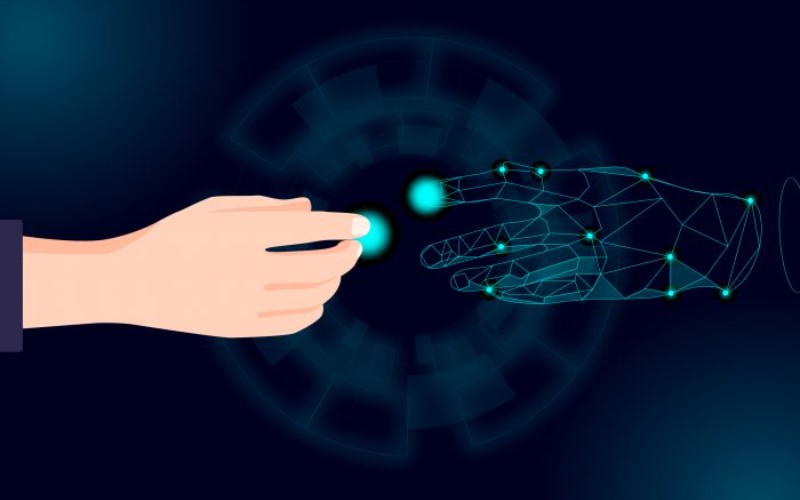
2. The Role Of Digital Twins In Healthcare
Digital twins are virtual replicas of physical objects or systems that can be used to collect and analyze data. Healthcare organizations are utilizing digital replicas to gather information on various health metrics such as heart rate, sleep cycles, and exercise. Digital twins can gather data in real-time using sensors and other monitoring tools, giving a patient’s health state a more precise and complete picture. Medical practitioners can make use of the data collected by digital twins to identify repetitive trends and patterns. By learning about this information, people and groups can improve their capacity to make well-informed choices regarding the best actions and remedies. Similarly, digital twins can track sleep patterns and identify potential sleep disorders or other health issues. A new technique called digital twins is now being utilized in the healthcare industry. It enables the simulation and testing of innovative medical devices and procedures in advance of their actual use on patients. The application of this technique helps medical practitioners to analyze treatment plans for probable hazards before their implementation in a clinical setting.
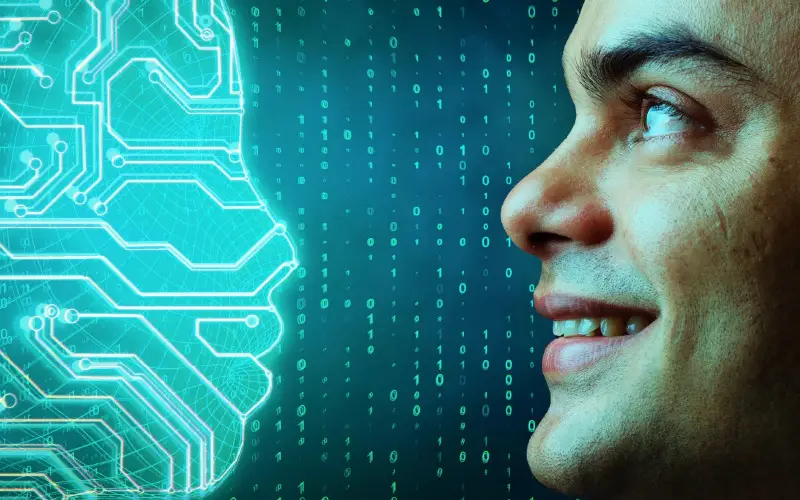
3. From Heart Rate To Sleep Patterns: Data Collection With Digital Twins
Digital twins are virtual replicas of physical objects or systems that can be used to collect and analyze data. Healthcare organizations are utilizing digital replicas to gather information on various health metrics such as heart rate, sleep cycles, and exercise. Digital twins can gather data in real-time using sensors and other monitoring tools, giving a patient’s health state a more precise and complete picture. Medical practitioners can make use of the data collected by digital twins to identify repetitive trends and patterns. By learning about this information, people and groups can improve their capacity to make well-informed choices regarding the best actions and remedies. Similarly, digital twins can track sleep patterns and identify potential sleep disorders or other health issues. A new technique called digital twins is now being utilized in the healthcare industry. It enables the simulation and testing of innovative medical devices and procedures in advance of their actual use on patients. The application of this technique helps medical practitioners to analyze treatment plans for probable hazards before their implementation in a clinical setting.
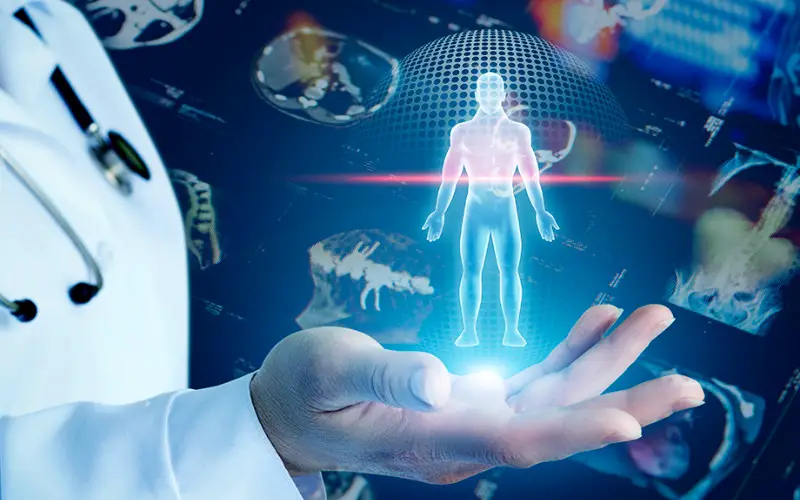
4. Improving Diagnosis And Treatment With Digital Twins
Digital twins are being used to improve diagnosis and treatment in healthcare. By creating virtual replicas of patients or medical devices, digital twins can simulate and test various treatment options and identify the most effective approach for each patient. This can lead to more personalized and precise treatment plans, improving patient outcomes and reducing healthcare costs. Additionally, digital twins can be used to identify potential complications or adverse reactions to treatments, enabling healthcare professionals to adjust treatment plans to avoid adverse outcomes proactively.

5. How Do Digital Twins Protect Patient Privacy And Data Security?
Digital twins are utilized to maintain patient confidentiality and safeguard data security in multiple ways. Firstly, they usually adopt encrypted connections for storing and transmitting data, guaranteeing protection against hacking or interception. Secondly, digital twins often employ advanced authentication and authorization methods to ensure that only authorized healthcare professionals can access patient data. Thirdly, digital twins can be designed to collect and communicate only specific data, minimizing the possibility of a privacy breach. Additionally, digital twins can be tailored to follow healthcare data regulations and standards, such as GDPR in Europe and HIPAA in the United States.
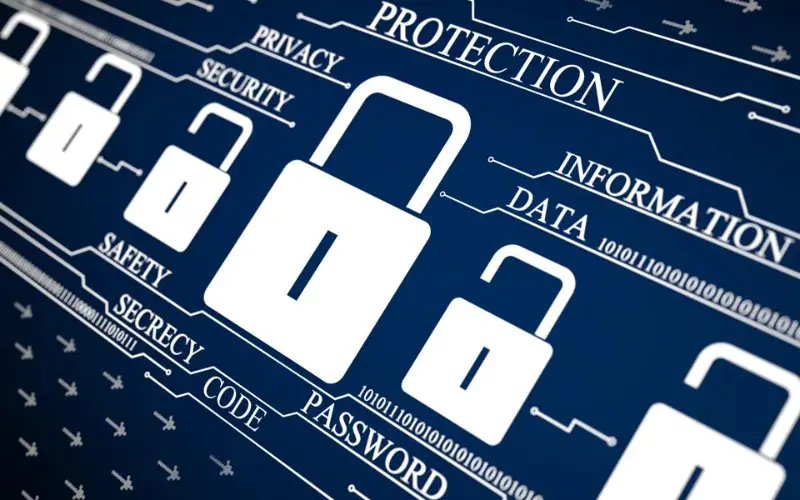
6. Interacting With Digital Twins: How Healthcare Providers And Patients Engage
Interacting with digital twins involves different types of engagement for healthcare providers and patients. Digital twins are frequently used in the healthcare industry as a tool to help with patient diagnosis, therapy planning, and condition monitoring. Providers can use digital twins to simulate different scenarios, test treatments, and monitor patient progress. Using specialised software or interfaces that enable real-time data viewing and manipulation, providers can communicate with digital twins. For patients, digital twins can be used to provide personalized health data and self-monitoring tools. With mobile or web-based applications, patients can engage with digital twins to track their health information, get individualised advice, and connect with their healthcare professionals. Patients can also use digital twins to simulate different treatment scenarios and learn about their health conditions more visually and interactively. Healthcare professionals and patients may collaborate more effectively, receive more individualised care, and experience better health thanks to the novel and useful tool known as digital twins.
7. Disrupting Healthcare: The Potential Impact Of Digital Twins
Digital twins may have an impact on healthcare in various ways, including:
Healthcare might see a revolution because of the usage of digital twins as access to care is increased, diagnoses and treatments are made more accurate and successful, and innovation is sped up. As healthcare systems continue to evolve, digital twins are poised to play a crucial role in promoting innovation and improving patient outcomes.
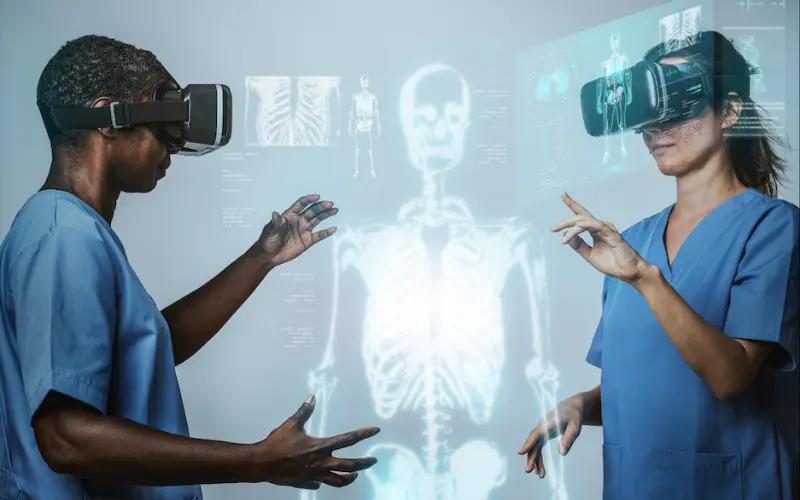
8. How Are Digital Twins Being Used In Clinical Settings?
In a variety of therapeutic settings, digital twins are used to speeding up healthcare delivery and enhance patient outcomes. Many instances include:
Consequently, the use of digital twins in clinical settings enhances patient outcomes, lowers healthcare expenses, and promotes medical innovation. Digital twins are likely to become an even more crucial tool for healthcare professionals looking to increase the effectiveness and calibre of therapy.
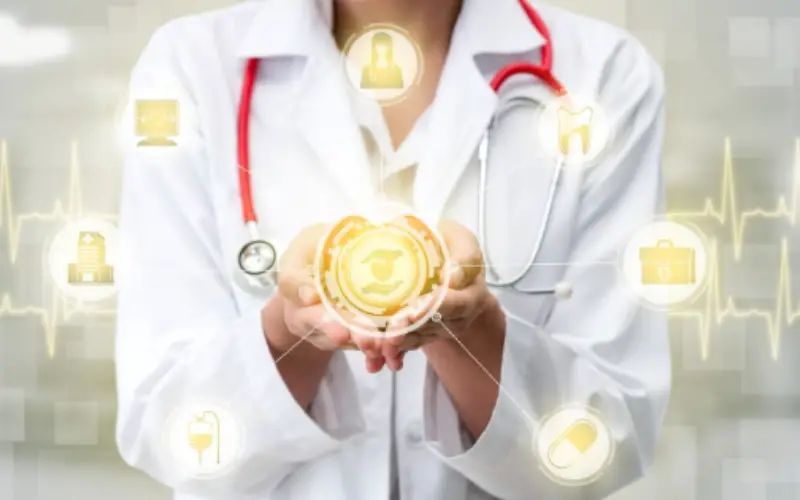
9. Empowering Patients to Take Control of Their Health with Digital Twins
By offering tailored health data and self-monitoring tools, digital twins can enable patients to take charge of their own health. Patients can gain from digital twins in several ways, including:
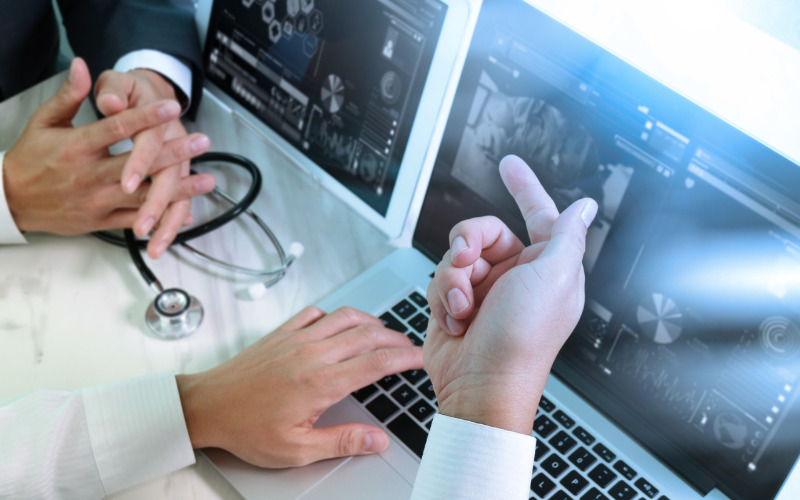
10. Real-World Examples Of Digital Twins In Healthcare
Digital twins have a wide range of useful healthcare applications. Here are a few examples:
